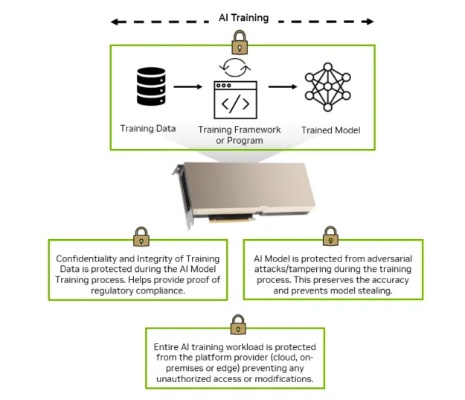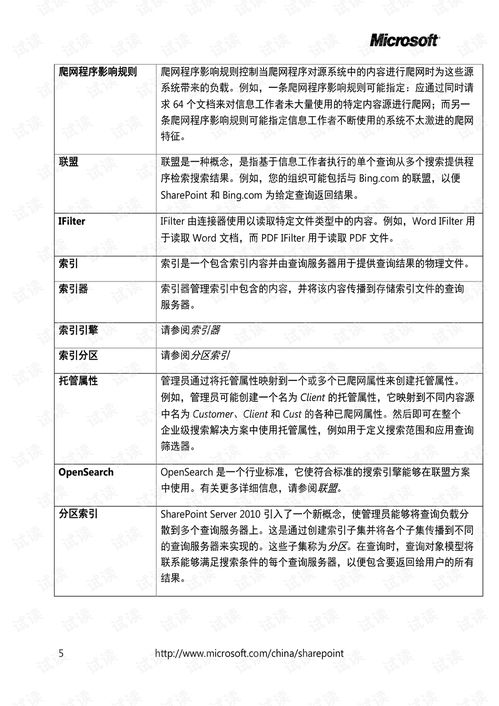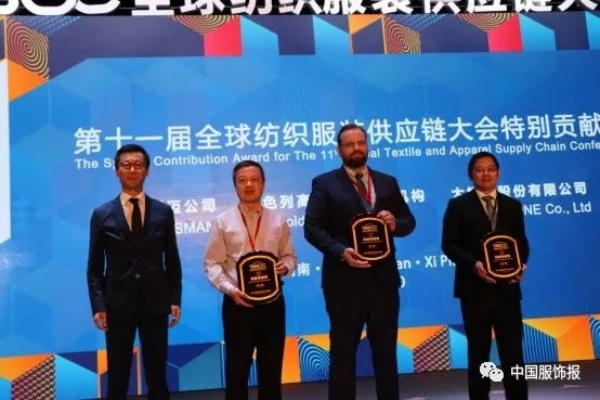The Impact of Various Influencing Factors on Textile Consumption
: The Impact of Various Influencing Factors on Textile Consumption,The study investigates the various influencing factors on textile consumption. A comprehensive analysis was performed to determine the effect of economic indicators, demographic trends, technological advancements, and government policies on textile consumption. The research findings highlight that economic conditions significantly impact consumer purchasing power, thereby determining their demand for textiles. Additionally, demographic changes such as shifts towards a younger demographic and changing lifestyle preferences influence the market dynamics. Technological developments have also played a significant role in enhancing efficiency and reducing costs in textile production, leading to increased consumption. Finally, government policies aimed at promoting sustainable development and environmental protection have had a mixed impact on textile consumption, with some countries adopting stricter regulations while others are seen to be encouraging growth.
In the realm of textiles, there are several influential factors that shape consumer behavior and drive demand. These include economic indicators, demographic trends, technological advancements, environmental concerns, and cultural influences among others. To illustrate the complexities of this topic, we present an interactive table to highlight these factors, followed by a case study to provide empirical insights into their impact.
| Factor Type | Description | Impact |
|---|---|---|
| Economic Indicators | Reflects overall economic health and growth rates. | Influences consumer spending power and willingness to purchase high-quality textile products. |
| Demographic Trends | Includes changes in age, income levels, lifestyle preferences. | Determines consumer needs and preferences for fashion and comfort. |
| Technological Advancements | Refers to improvements in production processes, materials, and design innovations. | Drives innovation and enhances product quality, leading to increased demand and brand loyalty. |
| Environmental Concerns | Reflects growing awareness about sustainability and ethical practices. | Incentivizes eco-friendly products and sustainable production methods. |
| Cultural Influences | Includes global fashion trends, ethnic wear customs, and cultural events. | Affects localized fashion choices and market segments. |
To illustrate these factors, consider a recent survey from a major retailer showing how economic indicators significantly affect consumer behavior. According to the data, when unemployment rates increase due to recessionary conditions, consumers tend to cut back on discretionary expenditures, including on textile goods. On the other hand, as the economy improves and consumer confidence grows, so do purchases, especially in high-end apparel and luxury textiles.
Furthermore, demographic trends have a direct impact on the demand patterns for textile products, such as baby boomers' preference for comfort over trendiness in clothing. This trend has led many brands to diversify their offerings, catering to different age groups with varying demands.

Technological advancements also play a crucial role. For example, the introduction of automated sewing machines and smart fabric technologies has revolutionized the textile industry by increasing efficiency and reducing waste. As more companies adopt these innovations, they attract new customers and expand their customer base.
Environmental concerns prompt companies to invest in eco-friendly materials and processes, which in turn boost public interest and support for sustainable products. This shift towards greener textiles can lead to increased sales and positive brand perception among consumers.
Cultural influences are also significant. For instance, the popularity of Indian saree in Western markets has been driven by cultural tourism and global media coverage. Similarly, the resurgence of traditional Japanese kimono has been facilitated by the rise of Japanese-themed fashion and travel events globally.
In conclusion, understanding the complex interplay between these various factors is critical for businesses seeking to optimize their textile product lines for success in a competitive market. By analyzing data and monitoring trends, companies can anticipate and capitalize on emerging opportunities, adapt to changing consumer preferences, and maintain a competitive edge in the global textile landscape.
纺织品作为日常生活必需品,其消费受到多种因素的影响,本篇文章将通过分析这些因素,探讨纺织品消费的内在规律和趋势,结合实际案例,进一步说明这些因素的具体影响。
影响纺织品消费的主要因素

经济因素
经济状况是影响纺织品消费的主要因素之一,随着全球经济形势的变化,消费者的购买力、消费观念和消费习惯都会随之变化,在经济繁荣时期,消费者更倾向于购买高品质、高性价比的纺织品;而在经济衰退时期,消费者可能会更加注重节约开支。
消费者需求
消费者的需求是纺织品消费的核心驱动力,不同年龄、性别、职业和地区的消费者对于纺织品的种类、款式、颜色、材质等方面有着不同的需求,年轻一代更倾向于追求时尚、个性和环保的纺织品;而中老年群体则更注重舒适性和耐用性。
政策法规
政策法规也是影响纺织品消费的重要因素,政府对于纺织品的生产、销售、环保等方面的政策法规都会对纺织品消费产生深远影响,环保政策可能会引导消费者更加倾向于购买环保纺织品;而在国际贸易方面,关税和贸易壁垒等因素也会对纺织品出口产生影响。
科技发展

科技发展是影响纺织品消费的又一重要因素,随着科技的不断进步,新型纺织材料、智能纺织技术、绿色环保纺织技术等不断涌现,为纺织品消费带来了新的机遇和挑战,智能纺织技术可以提升纺织品的舒适性和功能性,为消费者带来更好的使用体验。
案例分析
以某地区为例,近年来纺织品消费受到了一些影响因素的影响,该地区经济发展迅速,消费者对于纺织品的种类和款式有着较高的要求,政府对于环保纺织品的推广力度加大,推动了该地区环保纺织品的销售增长,科技发展也为纺织品消费带来了新的机遇,例如智能纺织技术的应用为消费者提供了更加便捷的使用体验。
影响纺织品消费的因素是多方面的,经济状况、消费者需求、政策法规以及科技发展等因素都会对纺织品消费产生深远影响,在纺织品消费过程中,需要综合考虑这些因素,制定合理的消费策略,以满足消费者的需求,促进纺织品消费的健康发展,政府和企业也需要加强合作,共同推动纺织品消费的转型升级,实现可持续发展。
Articles related to the knowledge points of this article:
The Price Dynamics of Nano Silver Textiles:A Comprehensive Analysis



